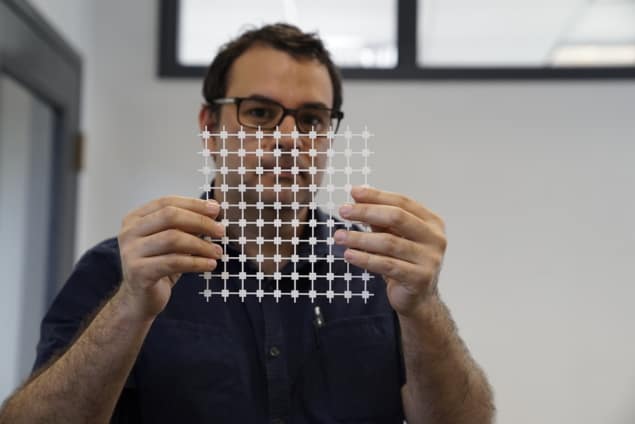
Researchers at MIT’s Little Devices Lab have developed a set of modular blocks that can be assembled in different ways to produce diagnostic devices for functions such as infection detection and glucose monitoring. These “plug-and-play” blocks are inexpensive, reusable and require little expertise to assemble (Advanced Healthcare Materials doi: 10.1002/adhm.201800104).
“Our long-term motivation is to enable small, low-resources laboratories to generate their own libraries of plug-and-play diagnostics to treat their local patient populations independently,” explained Anna Young, co-director of the Little Devices Lab.
The components, called Ampli blocks, are based on paperfluidics technology in which chemical reactions occur on paper strips. They consist of a sheet of paper or glass fibre sandwiched between a plastic or metal block and a glass cover. The blocks, which are about half an inch on each side, snap together along any edge to construct customized diagnostic devices.
The MIT team has created about 40 different building blocks, colour coded by function, that lab workers around the world could easily assemble on their own. Some blocks contain channels for liquid samples to flow straight through, some have turns and can mix multiple reagents together. The blocks can also perform biochemical functions. For example, many contain antibodies that can detect a specific molecule in a blood or urine sample.
The blocks do not require refrigeration or special handling, making them appealing for use in the developing world. “We see these construction kits as a way of lowering the barriers to making medical technology,” said senior author Jose Gomez-Marquez, co-director of the Little Devices Lab.
The researchers are using the Ampli blocks to create devices to detect cancer, as well as Zika virus and other infectious diseases. They are also working on tests for human papilloma virus, malaria and Lyme disease, among others. In addition, they are working on blocks that can synthesize useful compounds, including drugs, as well as blocks that incorporate electrical components such as LEDs.
The ultimate goal is to get the technology into the hands of small labs in both industrialized and developing countries, so they can create their own diagnostics. The MIT team has already sent Ampli blocks to labs in Chile and Nicaragua, where they have been used to develop devices to monitor patient adherence to tuberculosis treatment and to test for a genetic variant that makes malaria more difficult to treat.
The researchers are now investigating large-scale manufacturing techniques, and they hope to launch a company to manufacture and distribute the kits around the world.



